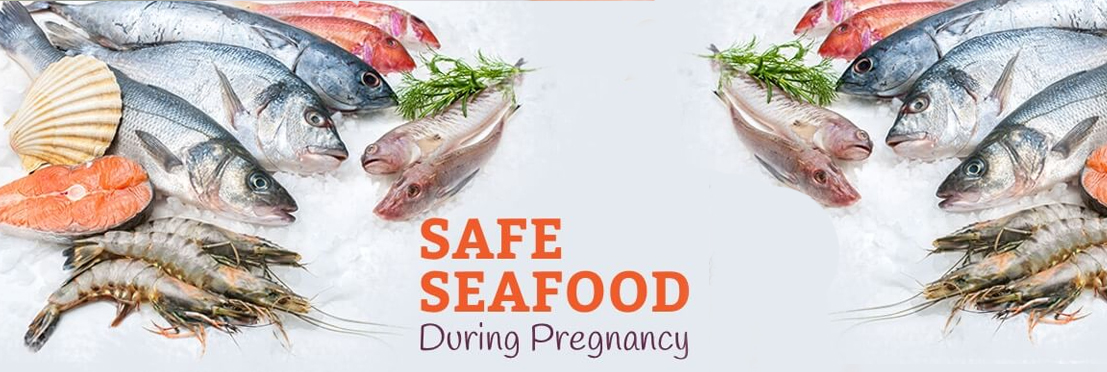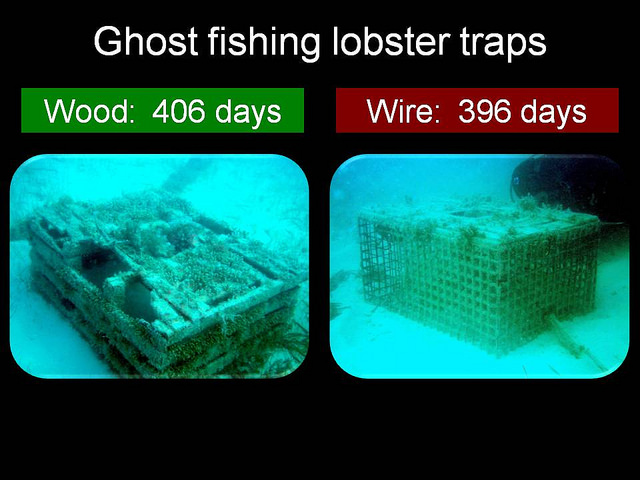
Lobster Traps | Types, Use, Everything

History of Lobster Traps

Types of Lobster Traps

Traditional traps:
Traditional lobster traps are typically crafted from wood and netting, showcasing a classic design that has stood the test of time. They often consist of a rectangular or pyramid-shaped frame covered in netting, creating a secure enclosure for lobsters. The design allows lobsters to enter easily but makes it challenging for them to escape, ensuring a successful catch.
Pros and cons:
Traditional traps boast simplicity and cost-effectiveness. They are easy to construct and repair, making them accessible to smaller-scale fishermen. However, their design might not be as efficient as modern traps in terms of catching specific sizes or species. Additionally, the reliance on natural materials may limit durability and lifespan compared to modern alternatives.
Modern traps:
Technological advancements: Modern traps benefit from technological advancements, such as escape vents, biodegradable panels, and GPS tracking. Escape vents enable the release of undersized lobsters, contributing to sustainable fishing practices. Biodegradable panels minimize environmental impact, and GPS tracking aids in locating and retrieving traps efficiently. These advancements enhance both the effectiveness and environmental friendliness of modern lobster traps.
How Lobster Traps Work
Mechanics of trapping lobsters:
The mechanics of trapping lobsters involve creating a secure enclosure that entices lobsters to enter while making it difficult for them to escape. Traditional traps, often made of wood and netting, use a simple yet effective design to achieve this. Modern traps, with innovative designs such as parlour traps or cone traps, employ mechanisms like interconnected compartments or funnel-shaped entrances to improve catch efficiency.
Baiting strategies:
Baiting is a crucial aspect of lobster trapping, attracting lobsters into the traps. Fishermen commonly use a variety of baits, including fish heads, herring, or other seafood. The choice of bait can influence the success of the trap, with some preferring natural baits to mimic the lobsters’ natural diet. Proper baiting strategies are essential to ensure the traps are appealing to lobsters and result in a successful catch.
Environmental considerations:
When employing lobster traps, it is crucial to consider the environmental impact. Escape vents in modern traps allow undersized lobsters to be released, contributing to sustainable fishing practices. Additionally, biodegradable panels and eco-friendly materials help minimize the traps’ ecological footprint. Considering the environmental implications of trapping lobsters is vital for maintaining the delicate balance of marine ecosystems.
Common Materials Used
Traditional materials:
Metal: Some traditional traps incorporate metal components, adding durability and strength to the wooden frame. Metal elements enhance the longevity of the trap, ensuring it withstands the harsh marine environment.
Contemporary materials:
Eco-friendly options: In response to environmental concerns, contemporary traps also incorporate eco-friendly materials. Biodegradable panels and other sustainable options help minimize the environmental impact of lobster trapping, aligning with the growing emphasis on responsible fishing practices.
The Science Behind Lobster Trapping
Regulations and Conservation Efforts
Source 👇
Fishing Maine Lobster in Maine, USA is meticulously regulated to ensure sustainability and protect the precious lobster population. Whether you’re a recreational enthusiast or a seasoned commercial fisher, understanding the rules is crucial.
For recreational fishing, obtaining a Saltwater Recreational Fishing Registry permit and a Lobster Permit is mandatory. You can keep a maximum of six lobsters daily, each measuring between 3 ¼ inches and 5 inches in carapace length. Egg-bearing females are strictly off-limits.
Commercial lobstering requires a Commercial Fishing License, Lobster Fishing Permit, and a Federal Lobster Permit if venturing into federal waters. Gear restrictions are tight, with limitations on trap numbers (800 max), dimensions, and escape vents. Size regulations mirror recreational ones, and v-notching of egg-bearing females is mandatory. Possession of oversized lobsters results in zero tolerance.
Seasons and closed periods add another layer of complexity. Traps remain untouched from ½ hour after sunset to ½ hour before sunrise during summer (June 1st – September 30th) and from 4 pm EST Saturday to ½ hour before sunrise Monday morning during weekends (June 1st – August 31st). Specific regions and gear types might have additional restrictions, so consulting the Department of Marine Resources (DMR) website is essential.
Responsible lobstering goes beyond permits and seasons. Gear modifications and designated fishing areas aim to protect endangered North Atlantic Right Whales. Additionally, electronic catch reporting for commercial lobstermen ensures proper monitoring and management.


How to Crack Lobster | Tips and Tricks

Sustainable Seafood Practices: From Ocean to Table

Common Seafood Mistakes To Avoid In The Kitchen

Seafood Balanced Diet: Tips for Healthy Eating




